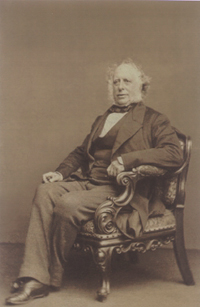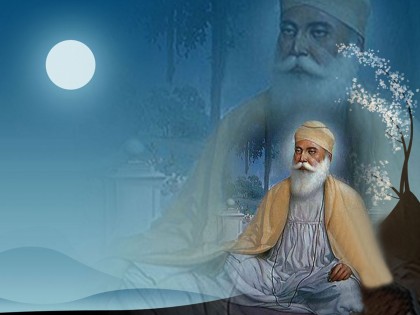RAMA In the Narne of my king Ramchand son of Jasrath Rai (Dasrath), says Nama (Namdev), I drink the essence and ambrosia. (Ramkali Namdev, p. 973) O Pundit! I also saw your Ramchand coming. He had a quarrel with Ravana and lost his wife. (Gond Namdev, p. 875) Kabir Says, there is difference in the utterance of \’Ram\’; in this connection it can be said that the same Name is spoken by all (for Ram Chandra) and the same for the Sportive Lord. You may utter ‘Ram, Ram’, but there is difference in utterance.
The One Ram Pervades many and the other pervades within his own self. (i.e. the son of the Dasrath). (Shalok Kabir, p. 1374) Rama grieves in his mind, he gathers the army; he has within him the power of Authority. He has a great army of monkeys in his service; there is great afflbition for war within him. The ten-headed Ravana has tåken away Sita and because of a curse Lakshmana was killed. It is the Creator Himself, who perceives his creation and destruction. Ramchand grieves in his mind for Sita and Lakshmana.
He remembers Hanuman, who was destined to come there. The mistaken demon (Ravana) does not comprehend it. It was Lord-God, who did everything, who is care-free and whose Writ cannot be effaced, saith Nanak. (Shalok Varan te Vadhik, M. 1,p.1412) The Gurus and radical saints used the names Rama and Krishna, in their verses not only for the incarnations of Vishnu but also for the Lord Almighty. They did not attach any significance to the stories and traditions about the incarnations, but when they used these names for Lord-God, they showed utmost reverence for everything connected with them.
The reader can see the difference in approach in the first two references. The third reference differentiates between the two. As regards the story of the life of incarnation, several of the episodes have been recorded, which can be seen in the fourth reference. The reference to the death of Lakshmana during the war because of a curse may be noted. See : Das Avatars, Sita and Lakshmana.
References :
1. Kohli,Surindar Singh ed,Dictionary of Mythological References in Guru Granth Sahib 1993
Rama, also known as Lord Rama or Maryada Purushottama (the Perfect Man), is one of the most revered figures in Hindu mythology. He is the seventh avatar of Lord Vishnu and the central character in the Ramayana, an ancient Sanskrit epic attributed to the sage Valmiki. Rama is celebrated as an embodiment of virtue, honor, and righteousness.
Key Aspects of Rama in Hindu Mythology:
Birth and Lineage:
- Rama was born in the Ikshvaku dynasty, as the eldest son of King Dasharatha and Queen Kaushalya in the kingdom of Ayodhya.
- His birth was the result of a divine boon granted by Vishnu to rid the earth of the demon king Ravana.
Virtues and Role:
- Rama is an archetype of dharma (righteousness) and is portrayed as the ideal king, son, husband, and leader.
- He upheld ethical principles even in the face of great challenges, becoming an example of unwavering devotion to duty and morality.
Exile and Adventures:
- Rama, along with his wife Sita and brother Lakshmana, was sent into a 14-year exile due to the scheming of Kaikeyi, his stepmother.
- During his exile, he encountered sages, demons, and allies, and performed many acts of valor that solidified his legendary status.
Sita’s Abduction and the War with Ravana:
- The most well-known part of Rama’s story involves the abduction of Sita by the demon king Ravana. This led to a massive war in which Rama, with the help of the Vanaras (monkey army) led by Hanuman and Sugriva, defeated Ravana and rescued Sita.
Return to Ayodhya and Coronation:
- After completing his exile and vanquishing Ravana, Rama returned to Ayodhya and was crowned as king. His reign, known as Rama Rajya, is idealized as a period of peace, prosperity, and justice.
Symbolism:
- Rama represents truth, virtue, and duty. His life illustrates the struggles of upholding righteousness even in complex situations.
- He is also an embodiment of Vishnu’s divine power, reinforcing the victory of good over evil.
Worship and Festivals:
- Rama is widely worshipped across India and the world. The festival of Ram Navami celebrates his birth, while Dussehra and Diwali commemorate his victory over Ravana and return to Ayodhya, respectively.
Rama’s story and character have been celebrated in countless adaptations, including the Ramcharitmanas by Tulsidas and various regional renditions like the Tamil Kamba Ramayanam. His virtues and deeds continue to inspire millions as the epitome of dharma and devotion.







